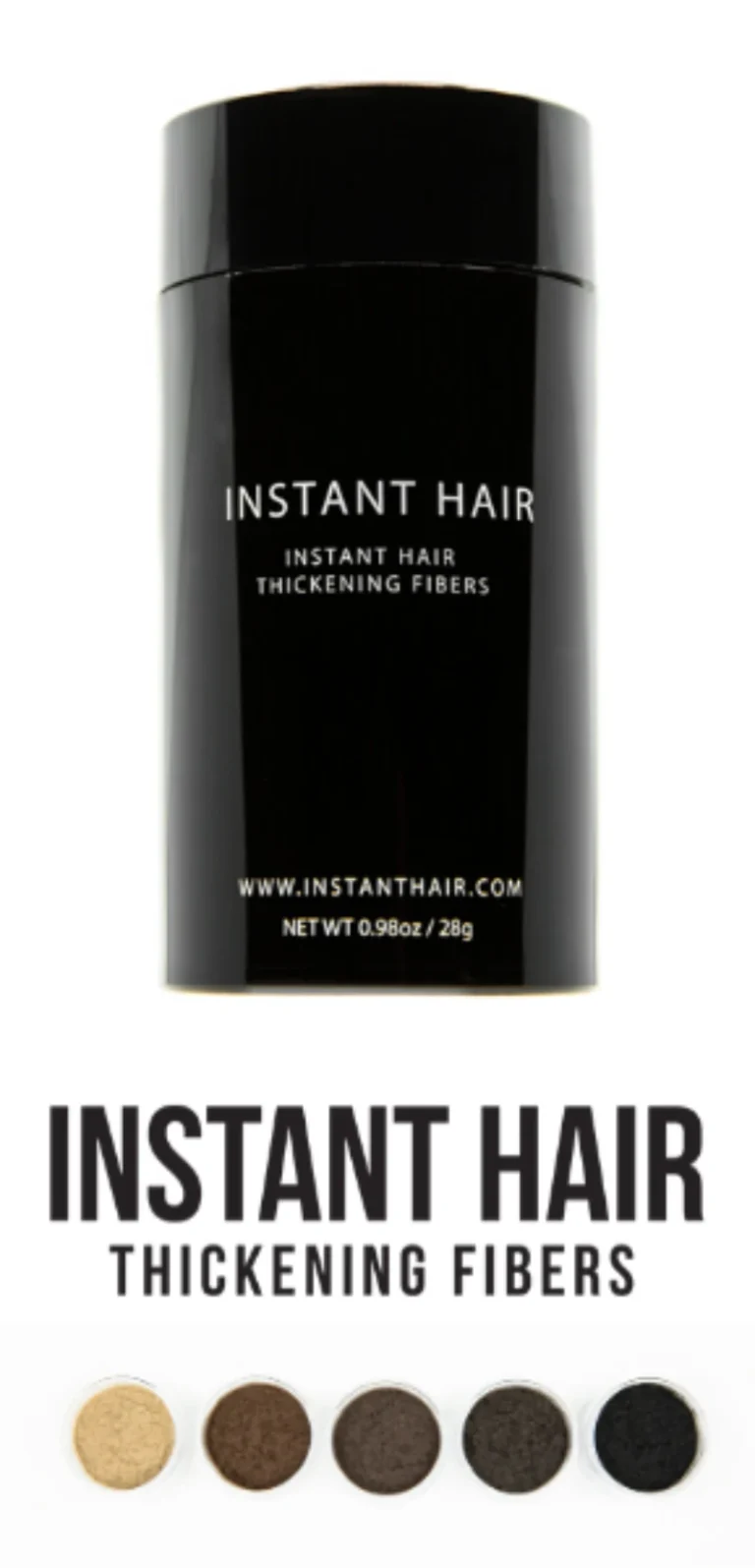Follicular Unit Excision Vs. Older Methods of Hair Transplantation
In the past, as the names of these earlier procedures indicate, undergoing a hair transplant was a potential painfully unpleasant process.
Men with receding hairlines and balding scalps often resorted to the unnatural-looking, and often ridiculed, toupee to avoid the pain, slow healing, and scarring of a transplant.
- Home
- Hair Loss Solutions
- Surgical Hair Loss Solutions
- FUE Vs Older Methods Of Hair Transplantation
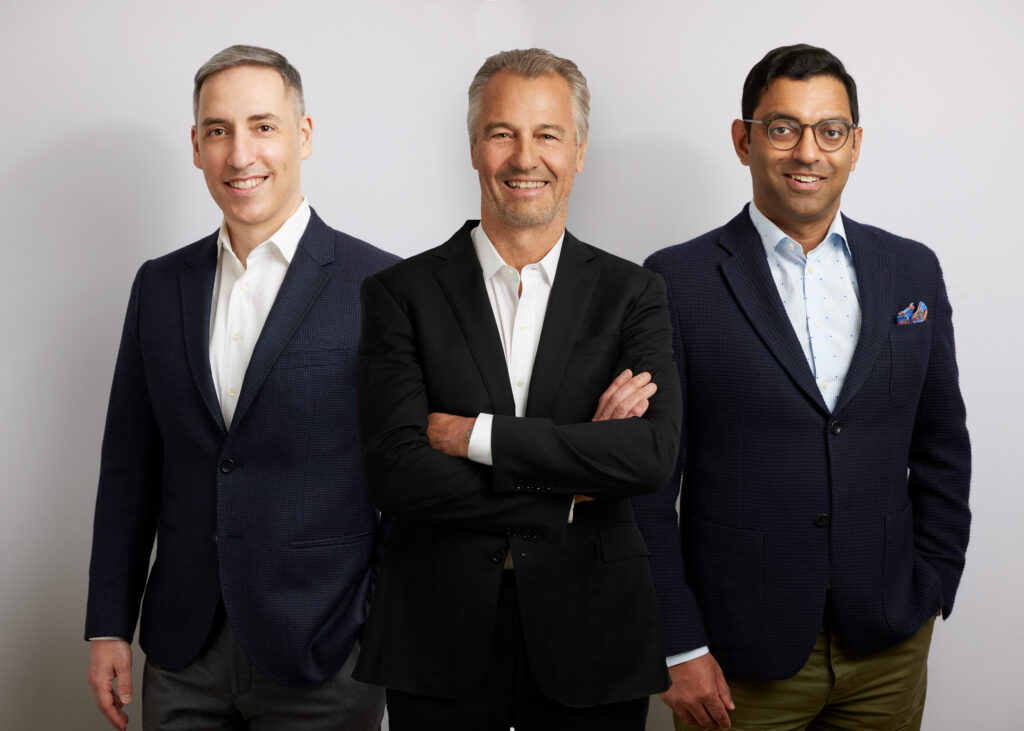
Toronto Hair Transplant Surgeons are internationally known for our pioneering work in hair transplantation.
PUNCH GRAFTS, SCALP REDUCTIONS, SCALP EXTENSION…
In the past, as the names of these earlier procedures indicate, undergoing a hair transplant was a painfully unpleasant process. Men with receding hairlines and balding scalps often resorted to the unnatural-looking, and often ridiculed, toupee to avoid the pain, slow healing, and scarring of a transplant.
Because of this, the hair transplant business was staggering in the late twentieth century. Surgeons knew that hair restoration techniques needed to evolve.
Fast forward into the beginning of the twenty-first century…
Thousands of bad comb-overs and strip incision scars later, the new technique that hair restoration surgeons were waiting for was finally perfected. The hair transplant community eventually embraced follicular unit excision (FUE). Surgeons praised the method and potential patients were curious about it.
But what exactly is follicular unit excision? And is it more effective and beneficial than older methods of hair transplantation?
Follicular unit excision involves the removal of small groups of hair follicles (usually between one and four) from the donor site and their reinsertion into the receptor site. These small grafts allow for equal distribution of hair in the balding area of the scalp and produce more natural-looking results. In fact, once the receptor site has completely healed, it is virtually impossible to detect that any sort of hair transplant procedure has taken place.
The differences between FUE and the older methods of transplantation are noteworthy.
Our Results
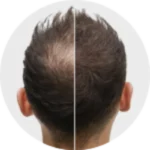
Toronto Hair Transplant Surgeons are internationally known for our pioneering hair transplantation work.
Our huge archive is here to help you see what we can do for you. Use the link below to view some sample cases.
Firstly, the FUE procedure is quicker and less painful than any other hair restoration technique. FUE is performed with a punch-like scalpel that cuts the skin around the follicle. This facilitates the removal of about one to four follicles from the donor area at the same time. Also, the advanced method of follicular perforation™ allows the surgeon to make a shallow punch on the surrounding tissue, ensuring that the graft be released from the tissue with minimum traction and with better ease. The extracted follicles (called grafts) are then inserted into small slits that have been cut in the recipient area. These slits do not need suturing, heal quickly, and are completely undetectable once the new hair begins to grow in about seven to ten days.
Secondly, FUE is beneficial because the recovery process is much faster and less painful. In most patients, the grafts become fully secure in about eight days after surgery and the surgical wounds in the donor area usually heal within one to two weeks. Some discomfort may be present, but usually analgesics like Tylenol or codeine will help. Generally, normal activity may be resumed one to two weeks after the procedure. In older methods of hair restoration, bleeding, suturing, and bandaging were parts of the long and painful recovery process.
Thirdly, 100% of hair loss sufferers are candidates for FUE. In the past, hair restoration was not as widely available to every hair loss sufferer as it is today. There were various criteria that each candidate had to meet to be eligible for a hair transplant. Such criteria included the patient’s age, colour and texture of hair, skin complexion, amount of donor hair available, and future hair loss projections. However, because the methods involved with follicular unit excision are so advanced, such criteria are not much of a concern. For example, the amount of donor hair on the head is not an issue when determining candidacy because the procedure also allows for the extraction of hair from other parts of the body.
THTS Gallery
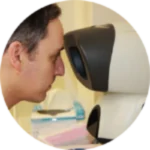
Familiarize yourself with our layout before you come in.
Visit the gallery to take a peek at our Oakville based clinic layout and surgical rooms.
Fourth, the incidence of complication during the FUE procedure is lower than with other transplantation methods. In a study, published by Dr. Masumi Inaba, of over 150 patients treated with FUE, researchers found that patients suffered only from mild discomfort from sitting still for several hours at a time. Furthermore, only four out of the 150 patients experienced donor area shock, while two more patients experienced a more limited variety of patchy circular alopecia (hair loss). Nevertheless, all patients made full recoveries within five weeks.
Lastly, FUE patients recover without visible scars in the donor or recipient area. Unlike previous methods, like strip incision, where a linear scar was exposed in the donor area, FUE does not leave unbearable scars on the head. Instead, the tiny slits that are cut in the recipient area are conveniently hidden by new hair. The result of FUE in all patients is that of a seamless, natural, healthy-looking head of hair.
For all those who are suffering from hair loss and are searching for the best method of restoring their hair, follicular unit excision should be considered. It is a hair restoration method that discards the use of the linear donor incision and regards 100% of hair loss patients as proper candidates for the procedure. It is widely predicted that within the coming years, follicular unit excision will make further advancements and become the method of choice for every hair restoration surgeon and patient.
INNOVATIONS IN FUE
Our very own Dr. Jones devised his own FUE technique known as Follicular Unit Micrografting and has provided personal and in-depth training to Dr. Huber (already a skilled surgeon in his own right). Dr. Alexander brought his exceptional surgical skills to the Toronto Hair Transplant Surgeons when he joined the practice and has seamlessly integrated micrografting into his surgical techniques. Dr. Jones’ FUE technique is a very natural way to transplant hair, with the hairs transplanted one after another very meticulously with due consideration to the precise placement and direction of each hair. Our doctors employ micro technologies that utilize small numbered hair follicle units and continuously refine the techniques used so that even trained professionals cannot distinguish the hairs implanted vs those that naturally exist.
One of the latest innovations in hair transplantation that has attracted a lot of attention is DHT. DHT stands for Direct Hair Transplantation which is also a modification of the routine FUE techniques. The principle of this innovative procedure is based upon the transit time reduction of the harvested graft used in the procedure. In the procedure, the graft was implanted as soon as it was harvested to avoid the effects of infection, desiccation, mechanical destruction as well as the increasing temperature of the grafts. This is the significant difference in the procedure compared to the conventional FUE.
SO WHAT IS IN STORE FOR THE FUTURE OF HAIR TRANSPLANTATION?
Hair cloning is a field that has attracted plenty of research and a very reliable means of hair transplantation that would provide excellent results. But the research into hair cloning is still in its infancy stages, which means there is lot more to be accomplished and studied before it becomes a popular and approved method of hair transplantation.
ARTAS HAIR TRANSPLANTS VS. OUR DOCTORS
HOW ARTAS WORKS: THE MECHANICS
Cameras, colour identification sensors, and 3-D imaging software guide the robotic arm of ARTAS in selecting which follicles to score. To carry out the rest of the FUE process, ARTAS employs a needle punch mechanism, disposable dermal punches, disposable cartridges, a video imaging system and a user interface.
The patient is positioned for the robot to punch out the grafts on a donor area of roughly 5 to 10 cm at a time. During this time, the patient must remain absolutely still, and the head is restrained by straps. After this, the surgeon removes each graft by hand with a pair of forceps. The patient is then repositioned for ARTAS to work on a new section of donor hair. This process continues until the extraction portion of surgery is complete. The implantation of grafts to the bald area is done using a traditional transplant approach.
PROS AND CONS OF ARTAS
Pros of ARTAS
- The speed of the extraction process is sometimes improved with the ARTAS.
Cons of ARTAS in comparison with the FUE technique used at the Toronto Hair Transplant Surgeons
- The procedure is a blessing for providers who do not have a lot of experience doing the FUE procedure manually. This means you may not have a medically certified surgeon conducting your surgery.
- Transection rate is higher. ARTAS charges for all the grafts, including those used and destroyed during the procedure, whereas our doctors only plant and charge for viable grafts.
- ARTAS tries to replicate the touch of a human expert to the procedure.
- As experienced surgeons, our doctors extract more grafts per hour, compared to the robot. (This may not be accurate elsewhere.)
- The robot has limitations in the perfect selection of grafts as compared to our doctors, who can pick and choose varying size grafts, depending on the patient’s needs.
- The ARTAS system requires the patient to shave his or her head prior to the procedure with no exceptions, while at the Toronto Hair Transplant Surgeons, depending on the number of grafts required, our doctors can also provide a no-shave option.
NEOGRAFT VS THTS TECHNIQUE
Neograft is a European developed Implantation Hair Transplant System used for follicular unit excision (FUE). This system is the first and only Class One FDA Listed automated medical device for hair restoration. The company has employed technicians to perform every aspect of a hair transplant procedure, allowing physicians with no previous hair transplant experience to enter the hair restoration market.
What’s good about Neograft – A doctor just starting to do hair restoration doesn’t have photos or staff trained to perform this procedure. An easy way to immediately start is to purchase a Neograft machine, which provides him with staff, marketing and before and after photos, which enables him to immediately enter the marketplace providing hair transplant surgeries.
Our very own Dr. Jones pioneered the technique used at the Toronto Hair Transplant Surgeons and as such our team has over 15 years of experience performing FUE. Both Dr. Alexander and Dr. Huber, being experienced surgeons, are able to deliver the same level of quality results as those with which Dr. Jones built his impeccable reputation. The technicians performing FUE hired by Neograft may have 3 months or at most a couple of years of experience doing the procedure. Your hair is a limited resource, so why risk destroying it with inexperienced technicians performing your procedure?
One of the distinguishing details about surgeries performed at the Toronto Hair Transplant Surgeons is that our doctors perform each and every one. Their experience and expertise result in transection rates(destroyed grafts) of 2 to 3%. An inexperienced technician has transection rates of 10 or 12%, meaning valuable hair will be destroyed at clinics that offer Neograft compared to THTS!




